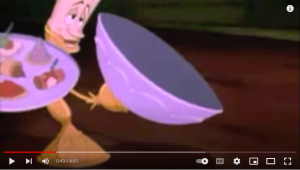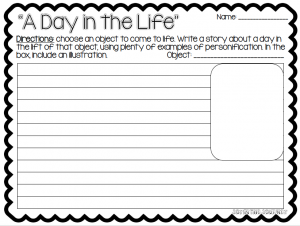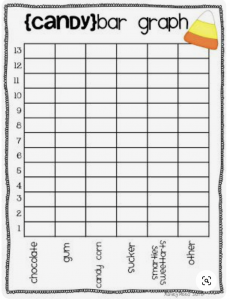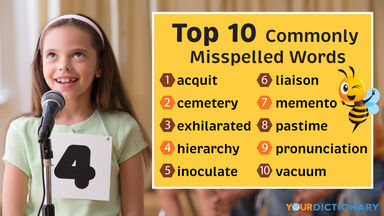 We celebrate national opposite day on January 25th. We don’t have to only celebrate opposite day on January 25th. Check out some of these resources to celebrate any day of the year!
We celebrate national opposite day on January 25th. We don’t have to only celebrate opposite day on January 25th. Check out some of these resources to celebrate any day of the year!
Spark your thinking!
1. Set up your language arts mini spark recording page: #68: National Opposite Day
2. Watch this video. Oh, SpongeBob! Write about your favorite part on your recording sheet.
3. On your recording page, make a list of 10 things you could do today that are the opposite of what you would normally do. Examples: eat breakfast for dinner, greet your friends with “goodbye” instead of “hello”, or write your name backwards all day.
4. Palindromes are words written the same forward as backward. Mom and Dad Are Palindromes, written by Mark Shulman, has many examples palindromes. Watch the video and write down your 5 favorite palindromes from the story on your recording page.
5. Contronyms are words that have contradictory or opposite meanings.
- CLIP can mean to “cut off” (as in clipping a coupon) or “attach” (as you do with a paperclip)
- DUST can mean to “to remove particles” or “add fine particles” (as in dusting a cake with sugar)
- LEFT can mean “remaining” (as in one piece left) or “departed” (as in “she left ten minutes ago.”)
- SEED can mean ” seeds put in” (as in “seeded with native grasses”) or “to remove seeds” (as in “seeding a watermelon”).
Add these words to a list on your recording page and think of 2 more on your own.
6. Check out more examples here and add a few more to your list.
7. Share your language arts mini spark recording page with your teacher/EY coordinator.
Lesson ideas are from Big Ideas for little Scholars .
 Personification is when we give human traits or feelings to things that aren’t human. For example, when we say the wind “whispers” or the trees “dance,” we are making it seem like these things can act like people. It’s a fun way to make stories and poems more lively and interesting!
Personification is when we give human traits or feelings to things that aren’t human. For example, when we say the wind “whispers” or the trees “dance,” we are making it seem like these things can act like people. It’s a fun way to make stories and poems more lively and interesting!






 The semicolon might appear to be misunderstood. It resembles a combination of a comma and a period, which could explain why we often misuse these punctuation marks, treating them like grammatical confetti. This lesson aims to provide clear guidance and best practices for the correct usage of the semicolon.
The semicolon might appear to be misunderstood. It resembles a combination of a comma and a period, which could explain why we often misuse these punctuation marks, treating them like grammatical confetti. This lesson aims to provide clear guidance and best practices for the correct usage of the semicolon.

 In 2017, researchers off the Bulgarian coast discovered the oldest intact shipwreck ever found! This ancient Greek vessel was not only nearly 2,500 years old, but was just one of 65 shipwrecks found at the bottom of the Black Sea in remarkable condition. So, why does the Black Sea contain so many well-preserved shipwrecks? Helen Farr and Jon Adams dive into the depths of the unique body of water.
In 2017, researchers off the Bulgarian coast discovered the oldest intact shipwreck ever found! This ancient Greek vessel was not only nearly 2,500 years old, but was just one of 65 shipwrecks found at the bottom of the Black Sea in remarkable condition. So, why does the Black Sea contain so many well-preserved shipwrecks? Helen Farr and Jon Adams dive into the depths of the unique body of water.
 Get ready for spelling bee season by reviewing some strategies to help you spell new words.
Get ready for spelling bee season by reviewing some strategies to help you spell new words.


 Modifiers are words, phrases, and clauses that add information about other parts of a sentence—which is usually helpful. But when modifiers aren’t linked clearly enough to the words they’re actually referring to, they can create unintentional ambiguity.
Modifiers are words, phrases, and clauses that add information about other parts of a sentence—which is usually helpful. But when modifiers aren’t linked clearly enough to the words they’re actually referring to, they can create unintentional ambiguity.
